Entry Category: Business and Economics
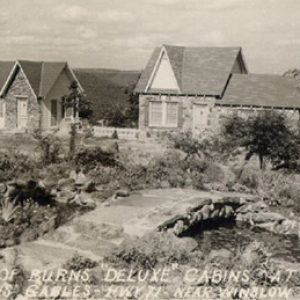 Burns Gables Cottages
Burns Gables Cottages
 Burns Gables Exterior: 2010
Burns Gables Exterior: 2010
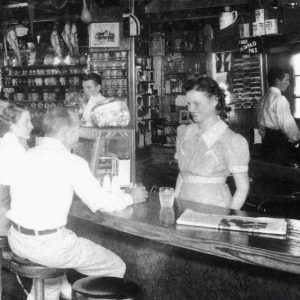 Burns Gables Interior
Burns Gables Interior
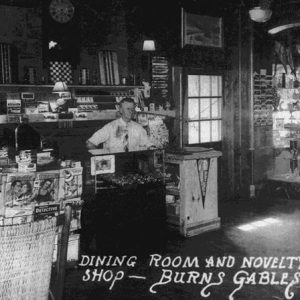 Burns Gables Interior
Burns Gables Interior
 Burns Gables Interior: 2010
Burns Gables Interior: 2010
 Burns Gables: ca. 1953
Burns Gables: ca. 1953
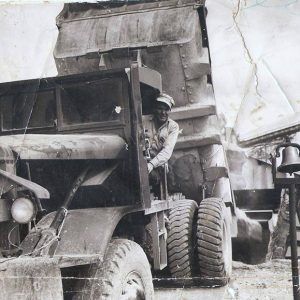 Olen Burrow
Olen Burrow
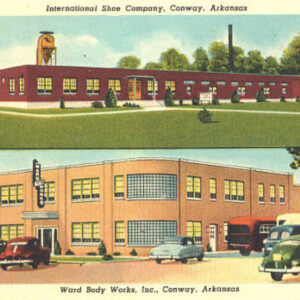 Bus and Shoe Companies
Bus and Shoe Companies
 Busey Oil Ad
Busey Oil Ad
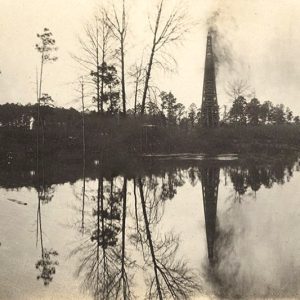 Busey Oil Well No. 1
Busey Oil Well No. 1
Busey, Samuel Thompson
Bush, John
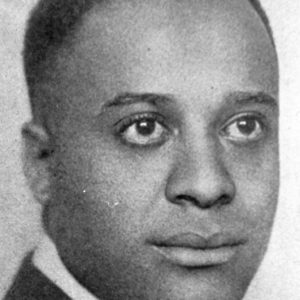 A. E. Bush
A. E. Bush
Business, Commerce, and Industry
Butchie’s Drive-In
Butler, Richard Colburn, Sr.
Butterfield’s Overland Mail Company
aka: Overland Mail Company
Button Blank Industry
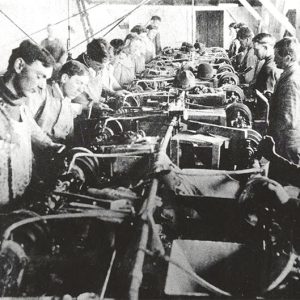 Button Factory
Button Factory
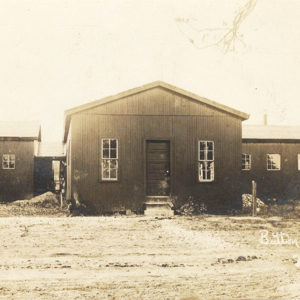 Button Factory
Button Factory
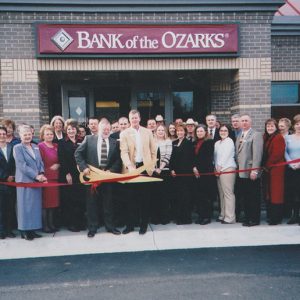 Cabot Bank
Cabot Bank
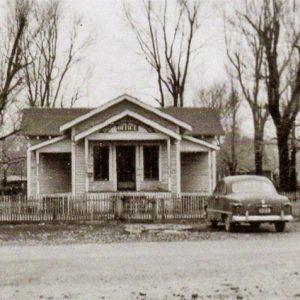 Caddo River Lumber Company
Caddo River Lumber Company
Caddo River Lumber Company
 Caddo River Lumber Company
Caddo River Lumber Company
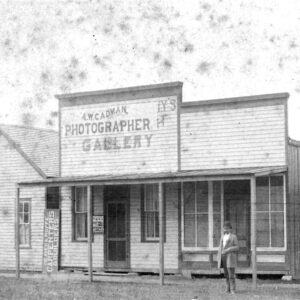 Cadman Photographer
Cadman Photographer
Cairo and Fulton Railroad
 Cairo and Fulton Telegraph Office
Cairo and Fulton Telegraph Office
Camark Pottery
 Camark Pottery
Camark Pottery
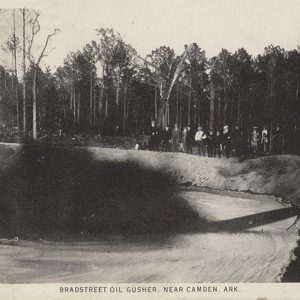 Camden Gusher
Camden Gusher
 Camp Pike Menu
Camp Pike Menu
Capital Hotel
 Capitol Tower Cartoon
Capitol Tower Cartoon
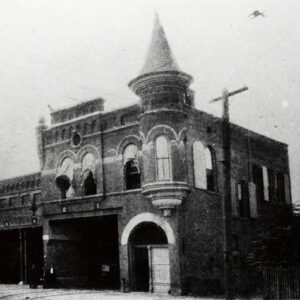 Car Barns
Car Barns
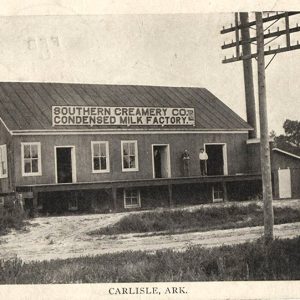 Carlisle Creamery
Carlisle Creamery
 Carlisle Rice Mill
Carlisle Rice Mill
Carnes, Jack
aka: Samuel Jacob Carnes
Carpenter’s Produce
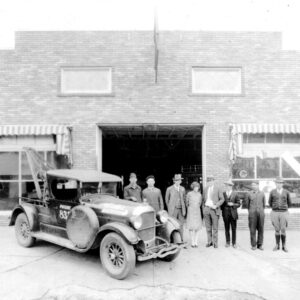 Cates Motor Service
Cates Motor Service
Catfish Industry
aka: Ictalurus punctatus
Cavender’s All-Purpose Greek Seasoning
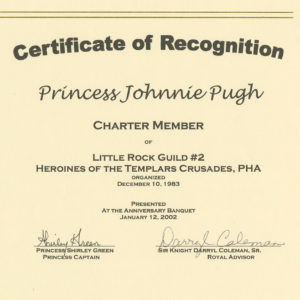 Certificate of Appreciation
Certificate of Appreciation
 Certificate of Completion
Certificate of Completion
Chateau Aux Arc Vineyards and Winery
 Chautauqua Building
Chautauqua Building
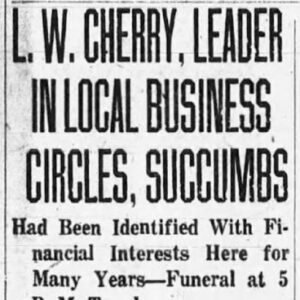 Lewis W. Cherry Article
Lewis W. Cherry Article
Cherry, Lewis Williamson
 Chewaukla Bottling Factory
Chewaukla Bottling Factory
 Chewaukla Bottling Factory Building
Chewaukla Bottling Factory Building




